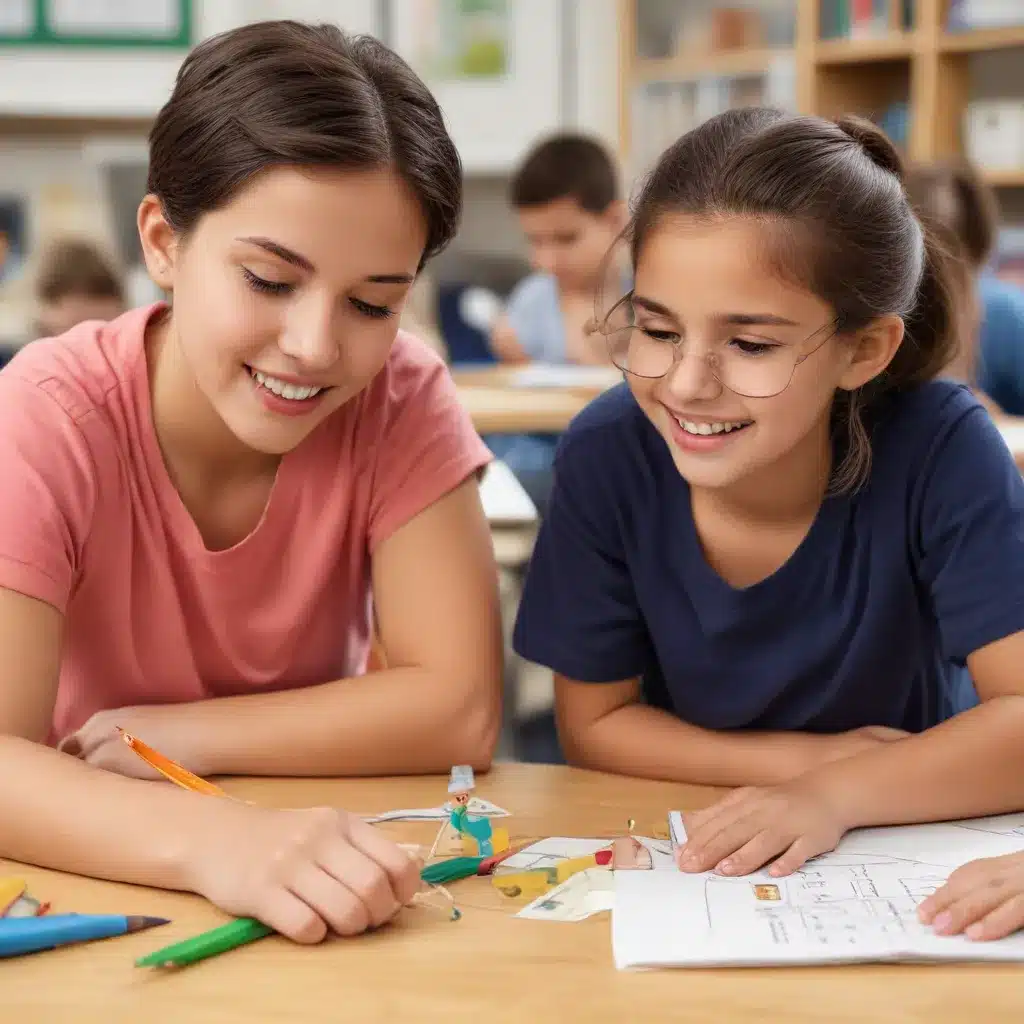
Empowering Students to Explore Science and Engineering Practices
As an experienced educational writer, I’m excited to share insights on how the Science and Engineering Practices (SEP) Toolkit can help you create engaging classroom activities for your students at Stanley Park High School. This comprehensive guide will equip you with the knowledge and strategies to effectively implement the SEP framework in your lessons, fostering a love for scientific exploration and critical thinking.
Understanding the NGSS and the SEP Toolkit
The Next Generation Science Standards (NGSS) have revolutionized science education by emphasizing three key dimensions: Science and Engineering Practices, Disciplinary Core Ideas, and Crosscutting Concepts. The SEP dimension, in particular, is designed to help students think and act like scientists and engineers, engaging them in the authentic intellectual work of these fields.
However, translating the NGSS guidelines into tangible classroom practices can be a challenge for many educators. That’s where the SEP Toolkit comes in. This invaluable resource breaks down the SEP dimension into smaller, more accessible components, making it easier for you to incorporate these practices into your lessons.
Exploring the SEP Toolkit in Action
Let’s dive into a specific example of how the SEP Toolkit can be applied in the classroom, focusing on the 3-5 grade band and the “Designing Solutions for Engineering” component.
Imagine your students are presented with a design challenge: to build the tallest tower that can withstand strong winds, using only the materials available in their classroom. This scenario, or phenomenon, serves as the starting point for an engaging engineering design activity.
Step 1: Introduce the Challenge
Begin by showing your students images of the world’s tallest buildings, sparking their curiosity and interest. Pose the challenge: “Given the classroom materials, how can you build the tallest tower that can withstand strong winds?”
Step 2: Encourage Brainstorming and Planning
Invite your students to brainstorm potential solutions to the problem. Encourage them to think critically, discuss their ideas with their classmates, and plan their approach. This encourages them to generate and compare multiple solutions based on how well they meet the design criteria and constraints.
Step 3: Experiment and Iterate
Allow your students to experiment with building their tower models and testing their effectiveness. This hands-on experience helps them understand the basic principles of science and engineering, such as understanding the forces that act on structures and evaluating the strengths and weaknesses of their designs.
Step 4: Evaluate and Refine
After the initial trial, give your students time to evaluate their designs and make any necessary improvements. This process of testing, evaluating, and refining their solutions aligns with the SEP guidelines and helps students develop critical thinking and problem-solving skills.
Throughout this activity, the SEP Toolkit serves as a valuable guide, ensuring that you focus on specific skills and assess them more deeply. By breaking down the NGSS SEP guidelines into manageable components, the Toolkit helps you create engaging, standards-aligned lessons that foster your students’ scientific and engineering abilities.
Fostering Civil Discourse in the Classroom
As you incorporate the SEP Toolkit and engage your students in hands-on, phenomenon-based learning, it’s essential to cultivate an environment of civil discourse. Addressing contemporary issues and controversial topics in the classroom can be challenging, but it is crucial for developing your students’ communication, critical thinking, and civic engagement skills.
The Facing History and Ourselves organization provides valuable guidance on fostering civil discourse in the classroom. They emphasize the importance of creating an equitable, inclusive environment where diverse perspectives are welcomed, and students feel safe to express their views respectfully.
By encouraging civil discourse, you can help your students develop essential skills for navigating complex societal issues and engaging in constructive dialogue, both in the classroom and beyond.
Integrating Emerging Technologies: AI in the Classroom
As you explore the SEP Toolkit and design engaging activities for your students, it’s important to consider how emerging technologies, such as artificial intelligence (AI), can be leveraged to enhance the learning experience.
The Stanford University Center for Teaching and Learning has provided valuable insights on incorporating AI tools into the classroom. They emphasize the importance of thoughtfully engaging with these technologies, understanding their capabilities and limitations, and considering how they can inform your teaching practices.
For example, you might explore ways to intentionally incorporate AI-powered tools into your lesson plans, helping students develop a deeper understanding of these technologies and their ethical implications. By doing so, you can prepare your students to navigate the evolving landscape of technology and its role in education.
Conclusion: Empowering Students to Explore and Engage
The SEP Toolkit is a powerful resource that can transform your science and engineering lessons, fostering engaging, hands-on activities that inspire your students to think and act like scientists and engineers. By leveraging this toolkit, you can create a classroom environment that cultivates critical thinking, problem-solving, and collaborative learning.
As you embark on this journey, remember to prioritize civil discourse, embrace emerging technologies, and continuously adapt your teaching practices to meet the ever-changing needs of your students. Together, we can empower the next generation of problem-solvers and innovators at Stanley Park High School.
For more information on the SEP Toolkit and its implementation, please visit the Next Generation ASET website. If you have any questions or would like to discuss your specific needs, feel free to reach out to the Department of Teacher Education at California State University, East Bay.

